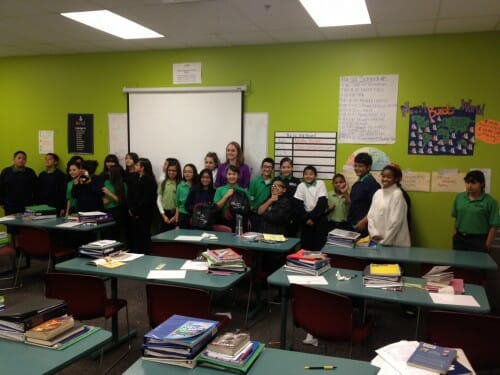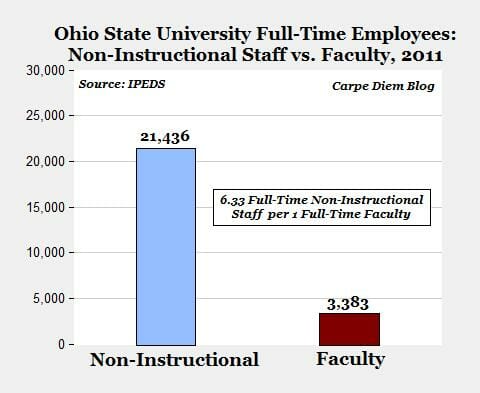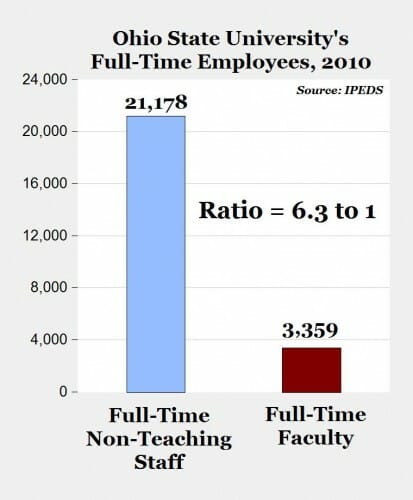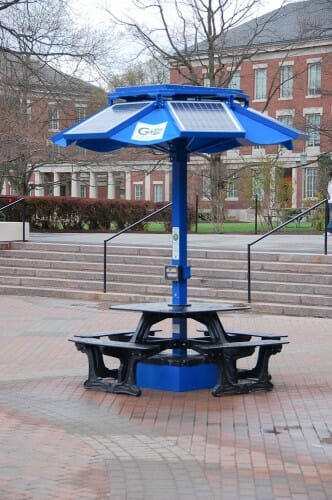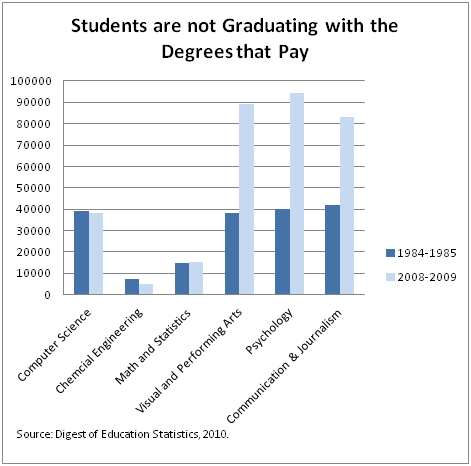Moms with Ivy League Educations
Apparently it is somewhat unethical in the feminist world for women to go to the Ivy League and then become a full-time mom. I know several women who have Ivy League undergrad or graduate degrees and have, for at least part of their lives, been full time moms. I am married to one, for example. I have a few thoughts on this:
- People change plans. Life is path-dependent. Many women who ended up being full time moms out of the Ivy League will tell you that it still surprises them they made that choice.
- Why is education suddenly only about work? I thought liberal arts education was all about making you a better person, for pursuits that go far beyond just one's work life. I, for example, get far more use of my Princeton education in my hobbies (e.g. blogging) than in my job. The author uses law school as an example, and I suppose since law school is just a highbrow trade school one might argue it is an exception. But what is wrong with salting the "civilian" population with non-lawyers who are expert on the law?
- Type A Ivy League-trained full-time moms do a lot more that just be a mom, making numerous contributions in their community. I am always amazed what a stereotyped view of moms that feminists have.
- If spots in the Ivy League, as implied by this article, should only be held by people seriously wanting to use the degree for a meaningful lifetime career, then maybe the Ivy League needs to rethink what degrees it offers. Ask both of my sisters about the value of their Princeton comparative literature degrees in the marketplace. By this logic, should Princeton be giving valuable spots to poetry majors?
- I can say from experience that the one thing a liberal arts education, particularly at Princeton which emphasized being well rounded, prepared me for was being a parent. I can help my kids develop and pursue interests in all different directions. One's love of learning and comfort (rather than distrust) of all these intellectual rubs off on kids almost by osmosis. In other words, what is wrong with applying an Ivy League education to raising fabulous and creative kids?
- The author steps back from the brink, but this comes perilously close to the feminist tendency to replace one set of confining expectations for women with a different set.
Oh and by the way, to the author's conclusion:
Perhaps instead of bickering over whether or not colleges and universities should ask us to check boxes declaring our racial identity, the next frontier of the admissions should revolve around asking people to declare what they actually plan to do with their degrees. There's nothing wrong with someone saying that her dream is to become a full-time mother by 30. That is an admirable goal. What is not admirable is for her to take a slot at Yale Law School that could have gone to a young woman whose dream is to be in the Senate by age 40 and in the White House by age 50.
I would argue the opposite -- the fewer people of both sexes who go to law school to be in the Senate by 40 and the White House by 50, the better.
Update: My wife added two other thoughts
- Decades ago, when her mom was considering whether she wanted to go to graduate school, her dad told her mom that even if she wanted to be a stay at home mom, a good graduate degree was the best life insurance she could have in case he died young.
- Women with good degrees with good earning potential have far more power in any divorce. How many women do you know who are trapped in a bad marriage because they don't feel like they have the skills to thrive in the workplace alone?


